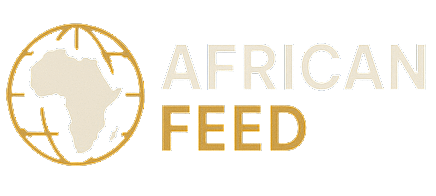Bernard Arnault, the 76-year-old billionaire and architect of the world’s largest luxury goods empire, is set to remain at the helm of LVMH for up to nine more years, following a shareholder vote to raise the company’s executive age limit.
At the group’s annual general meeting held in Paris on Thursday, shareholders voted overwhelmingly—by more than 99%—to amend LVMH’s bylaws, raising the age cap for its chairman and chief executive officer from 80 to 85.
This marks the second adjustment to the company’s executive age limit in just over two years; in 2022, LVMH previously lifted the ceiling from 75 to 80, signalling confidence in Arnault’s continued leadership.
Arnault, who has led the LVMH Moët Hennessy Louis Vuitton group since 1989, remains both chairman and CEO. Together with his family, he controls a majority stake in the group. Under his leadership, LVMH has evolved into a global powerhouse through an aggressive acquisition strategy spanning fashion, jewellery, wines and spirits, hospitality, and high-end watches.
While succession speculation persists, Arnault has yet to publicly name an heir. All five of his children currently hold senior roles within the conglomerate. His eldest, Delphine (50), serves as CEO of Christian Dior Couture, while Antoine (47) oversees communications and image. His three younger sons—Alexandre (33), Frédéric (30), and Jean (26)—manage key LVMH brands including Tiffany & Co., Tag Heuer, and Louis Vuitton’s watch division.
A Vote for Stability Amid Economic Concerns
The shareholder vote to prolong Arnault’s tenure comes during a challenging period for the group. LVMH recently reported a 2% year-on-year dip in first-quarter sales and a 17% decline in net profit, disappointing analysts and prompting a decline in share value earlier in the week.

In his address to shareholders, Arnault struck a reassuring tone. “Our situation is far from worrying,” he stated, describing the current downturn as an opportunity for strategic reflection rather than a crisis. “The economic climate is more challenging. It makes us think. What are our goals? To increase sales? Or to always offer the best quality?”
While denying that the luxury sector faces a “structural crisis,” Arnault acknowledged multiple headwinds, including slowing global economic growth and geopolitical tensions. Chief among these is the looming threat of a 10% U.S. tariff on luxury imports—an issue of considerable concern given that the American market accounts for approximately 25% of LVMH’s revenues.
To cushion against such risks, Arnault called for renewed trade negotiations between the European Union and the United States and hinted at the potential expansion of LVMH’s manufacturing footprint in the U.S., where it already operates three Louis Vuitton workshops in California.
Continuity and the Long Game
The extension of Arnault’s term signals a desire for continuity at a pivotal time for the luxury conglomerate and allows for a more measured approach to eventual leadership succession. With his children gradually taking on increased responsibilities across LVMH’s portfolio, observers suggest the group is preparing for a long-term, family-centric transition of power.
For now, Arnault’s enduring presence provides both reassurance to investors and a steady hand as the company navigates uncertain economic waters—while keeping a watchful eye on the future of luxury leadership.

